All products featured are independently chosen by us. However, SoundGuys may receive a commission on orders placed through its retail links. See our ethics statement.
Everything you need to record people
May 4, 2021
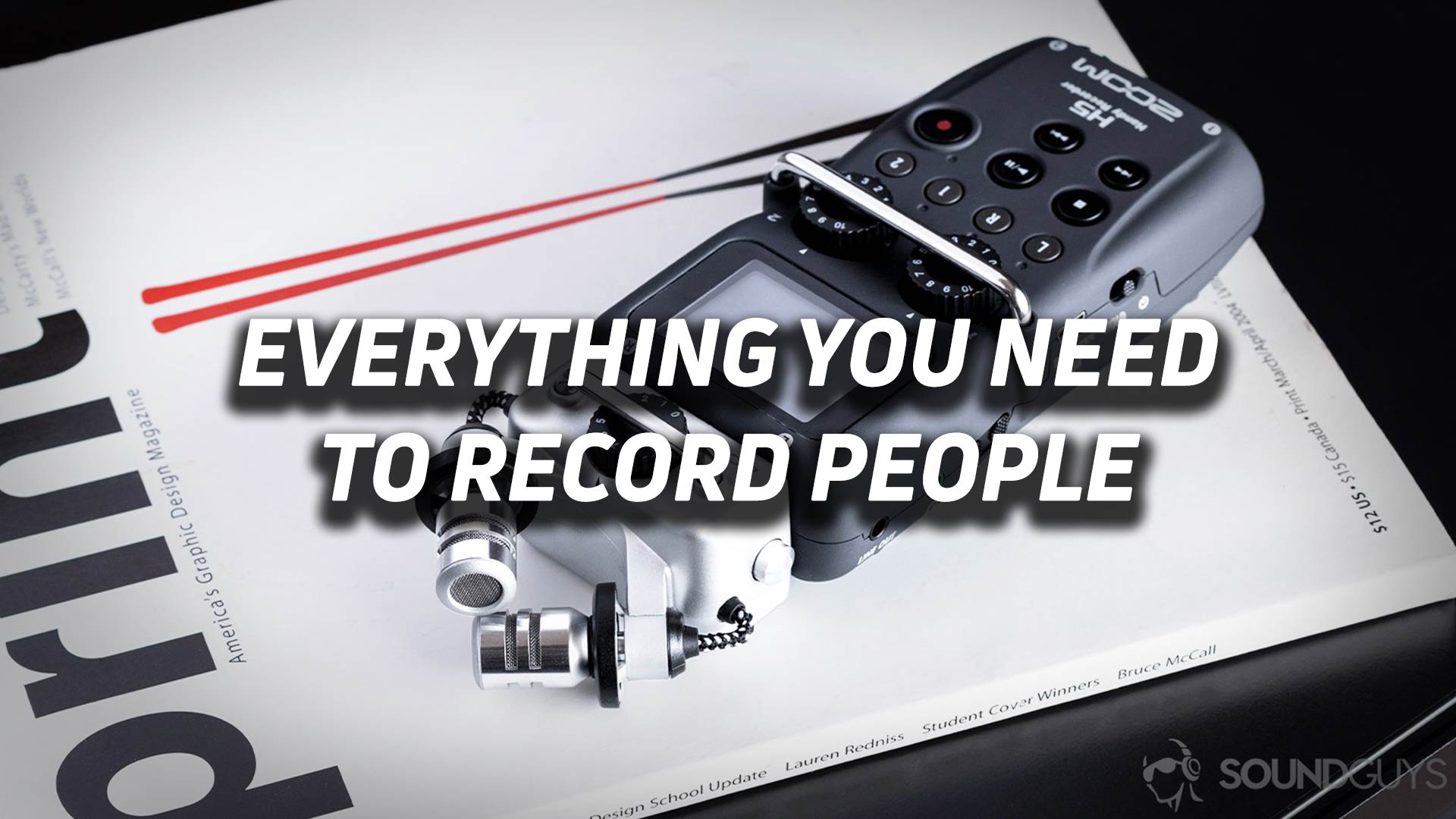
Conducting interviews requires a lot of mental, emotional, and mental energy. While we may not be the most equipped to help with that, we can guide you on what hardware and software are needed to record people. While what you need varies widely on the environment you’re recording in, we see this as a catch-all guide to jumpstart your audio storytelling journey.
Editor’s note: this article was updated on May 4, 2021, to include a content menu, fricatives microphone demo, and add technical information.
How can you create the best recording environment?
Before learning to run, you have to learn to walk. When it comes to recording people, that means getting the room set up properly. This is particularly easy to overlook if this is your first studio recording rodeo. A recording studio typically conjures up images of unwieldy boom arms, ornate pop filters, and studio headphones; however, sound dampening foam and good feng shui aids in production value.
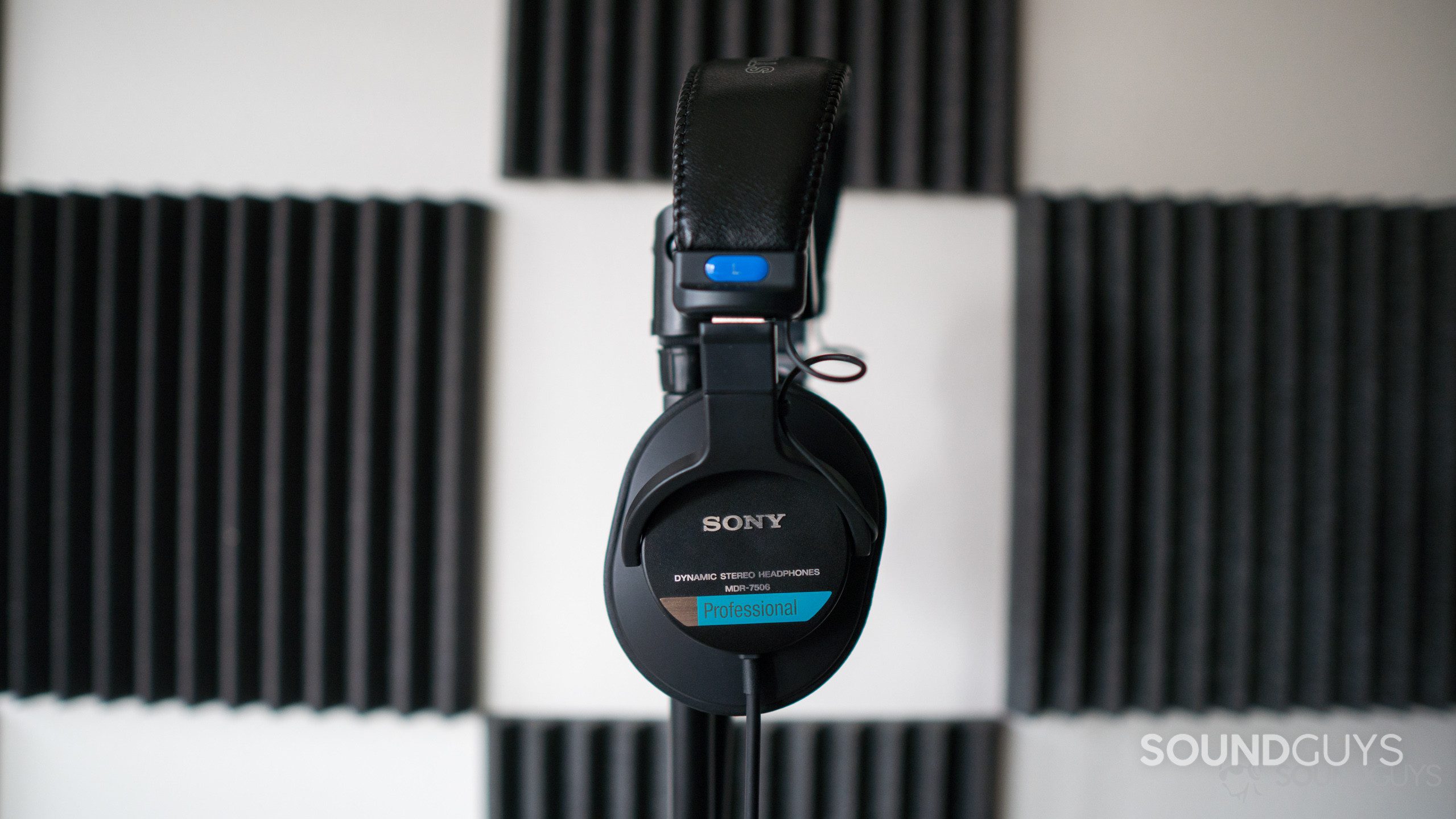
While you can treat a room with acoustic foam squares, you rarely know what you’re getting and the material used with these panels can absorb less than 50% of the midrange frequencies and is even less effective when it comes to bass and treble frequencies. If you really want to controls and mitigate reverb and reflections you need something like fabric covered OC703 rigid fiberglass.
Learn more: Soundproofing vs acoustic treatment: What’s the difference?
What if you don’t have the money for proper acoustic treatment?
If you don’t have the time or finances to renovate your entire home, foam panels are better than nothing. There are a variety of types—convoluted (aka egg carton), ridged acoustic foam panels, and bass traps—you can buy depending on how you want to treat your space. What you need most is to mitigate the effect of highly reflective surfaces (hardwood, smooth walls, and more). Things as simple as soft furniture and blankets can help when your budget is $0. Heck, even a cloth-filled closet is a passable solution for newbies.
It's fine if you can't control your environment; in that case, plan creatively and use the right gear.
Another tried and true budget fix is to arrange a blanket fort. This works best with solo audio recordings, all you have to do is set up a few chairs as posts and suspend a comforter or a few thick blankets from it to form an alcove from which you can record. While it may not be the most professional solution, it works when strapped for cash.
Sometimes finding an ideal space isn’t feasible and that’s ok
There are certain times when a perfectly sterile environment just isn’t possible when you need to record people. For instance, at a large tradeshow like MWC or the great outdoors, it would be nearly impossible to find a spot without absurd noise pollution. If that’s the case, there are ways you can plan accordingly to get the best possible audio. Investing in the proper equipment is key, and to do so: start off with the right kind of microphone.
What’s the best microphone for you?
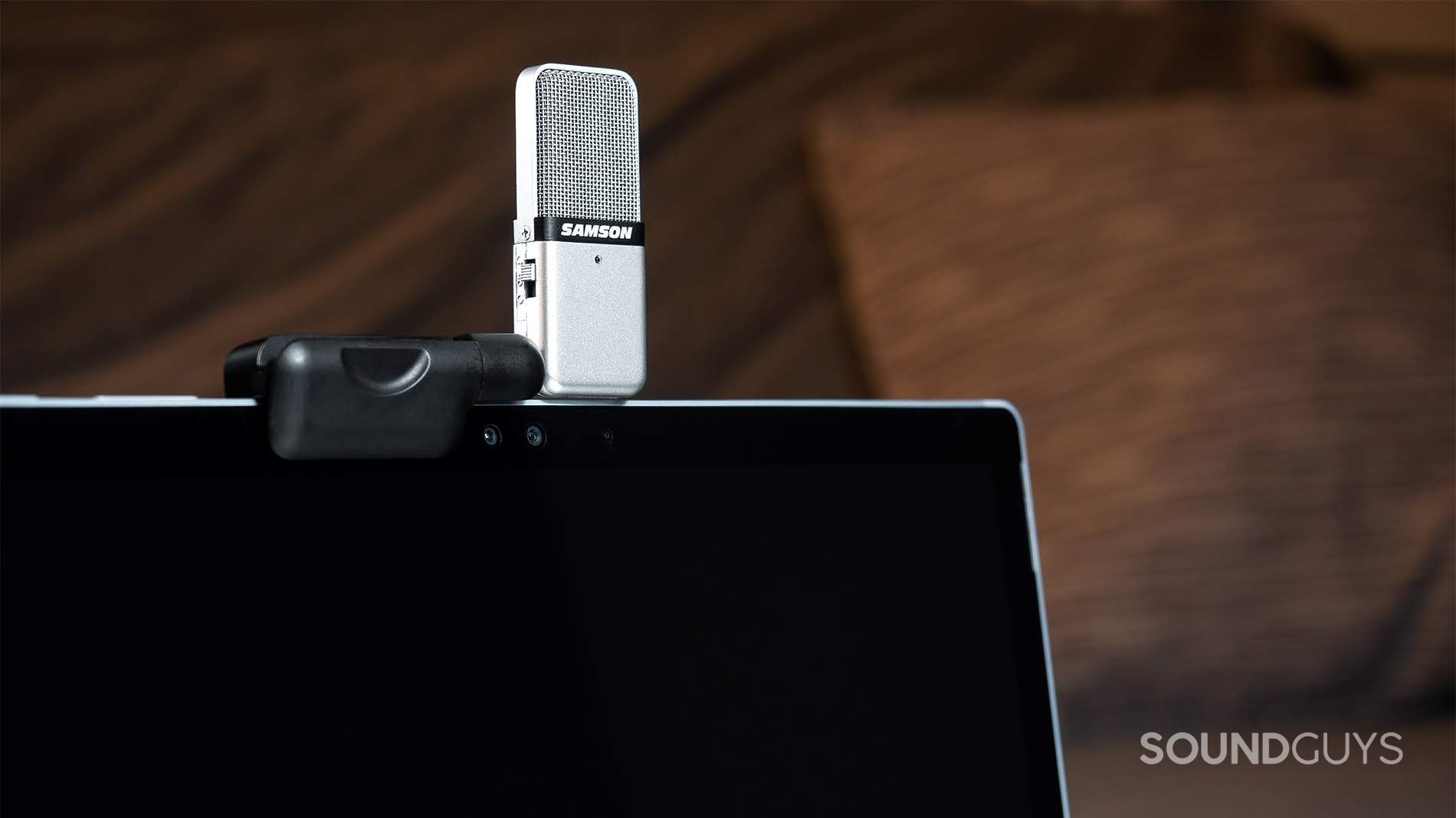
Unfortunately, you can’t always control your environment. You can plan ahead and understand that how and where you record informs what type of microphone polar pattern you should look out for, though. The environment you record in dictates the best kind of microphone to use.
If you plan to attend a trade show with a lot of background noise, you know that you want to reduce background noise as much as possible. Oftentimes, it’s difficult to find a quiet corner at events like this, so your job will demand a less-sensitive dynamic cardioid microphone to record people. These register less vibration noise and are deliberate in what audio is picked up.
Related: Best voice recorders | Best USB microphones
Another popular use case to record people is podcasting. Because most people record in a nice quiet setting, you’ll want a large condenser microphone. These require their own power source (be it your computer or a separate interface) and connect via USB or XLR. They also register loud noises easier. In fact condenser mics so much more sensitive than their dynamic counterparts, that they require a pop filter to combat “p-,” “sh-,” and “f-” sounds, often referred to as plosives and fricatives.
Fricatives sample:
Just because you’re in a studio environment doesn’t necessarily mean you need an XLR microphone to record people. Most prosumer microphones operate via USB power, which is the most convenient option. After all, it only requires that your computer has an open USB input. That said, professional-grade microphones typically demand more power and use an XLR connection. In that case, a dedicated recording interface is a must-have.
How do you choose the right recording interface?
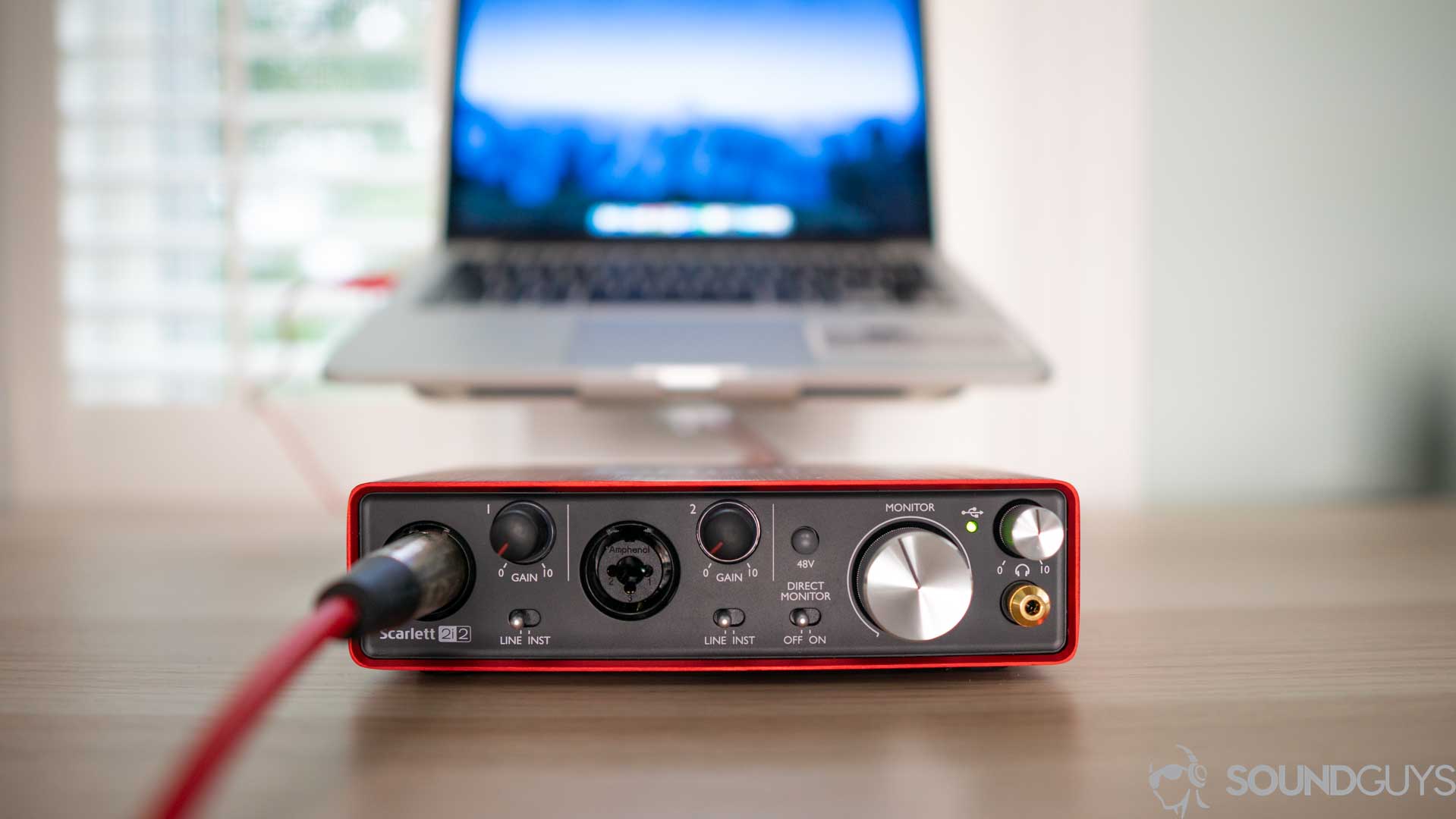
Plenty of amateur and DIY recordings are done using a personal computer, which makes USB audio interfaces the ideal low-hassle solution. This blocky piece of hardware connects directly to your laptop or desktop via USB, and it converts analog signals from your microphone into digital ones that can be recorded by a computer.
When you record someone outside of your own studio or in a more lax environment, a portable XLR equipped recorder like the ever-popular Zoom H4n Pro is a handy choice. This allows for 24 bit/96kHz recordings and provides +24 or +48 volt phantom power, which affords more leeway when choosing a mic. The biggest downside of travel-friendly recorders is that they require batteries, and battery life usually isn’t great. What’s more, if you’re using a basic lavalier out in the field, maneuverable interfaces are a solution for high-quality recording.
What’s the best digital audio workstation (DAW)?
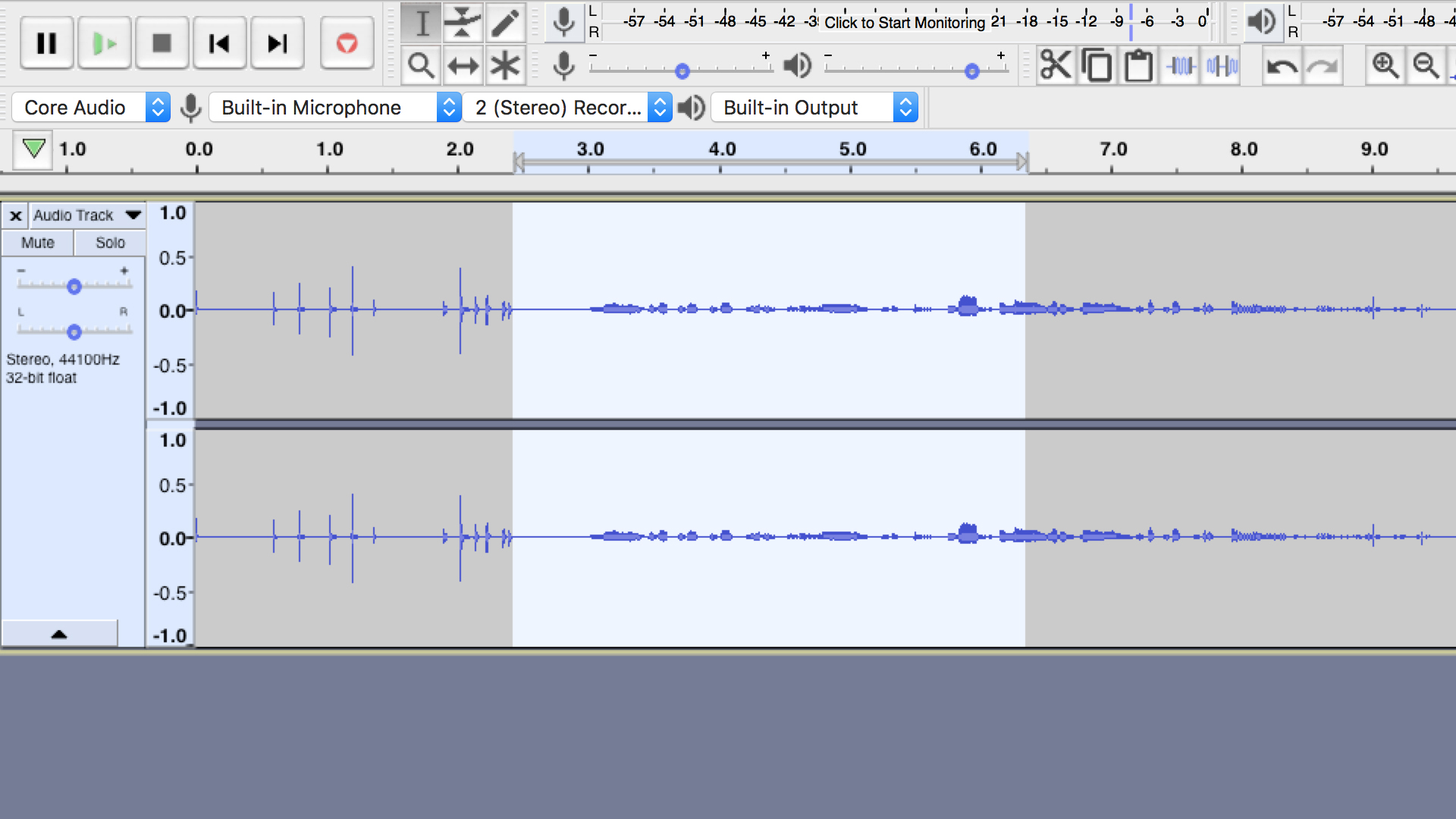
Before you can start recording directly to your computer, you need to choose a digital audio workstation (DAW). This is a piece of software that lets you manipulate your captured audio in a variety of ways. Even if you only use a portable recorder, you’ll need to use some audio editing platform eventually—so it’s good to line it up before you start.
If you’re a Mac user and don’t want to stray from Apple’s proprietary suite, Garage Band is a fine (thankfully free) editing tool that lets you use up to 64 tracks, add loops, and more. Alternatively, Audacity is free and compatible with Linux, Mac, and Windows operating systems. It’s a staple in any DIY audio engineer’s arsenal. Heck, there was even a time when we used it to mix our podcast, serving as proof that you don’t need to shell out a lot of cash to get good results.
While it may not be the prettiest software, Audacity is fine for professional use, so long as your familiar with it.
That said, if you’re working with an unrestricted budget—or just desire more efficient controls—Adobe Audition is a popular option. Unfortunately, there is a $20.99/month subscription fee for the single app, which may deter man potential users.
Time to record people
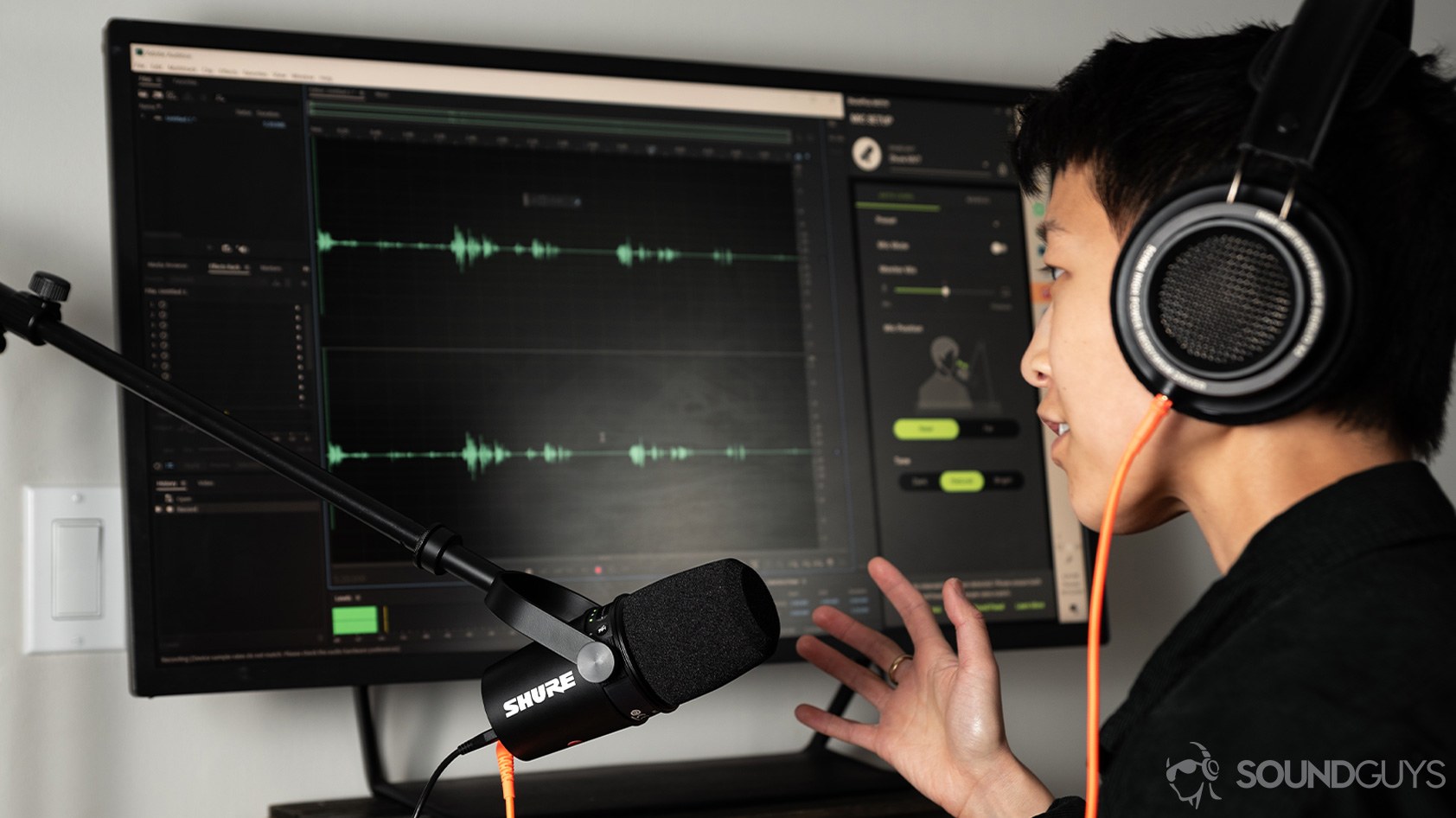
As you can see, in order to record people, you need hardware. Don’t get caught up in “Gear Acquisition Syndrome,” affectionately referred to as GAS, because you don’t need the most expensive microphone or interface to record people. You just need something that works and works reliably. If you heed any of this advice for your own recordings, or have recommendations, be sure to share what you created with us in the comments below.
Thank you for being part of our community. Read our Comment Policy before posting.